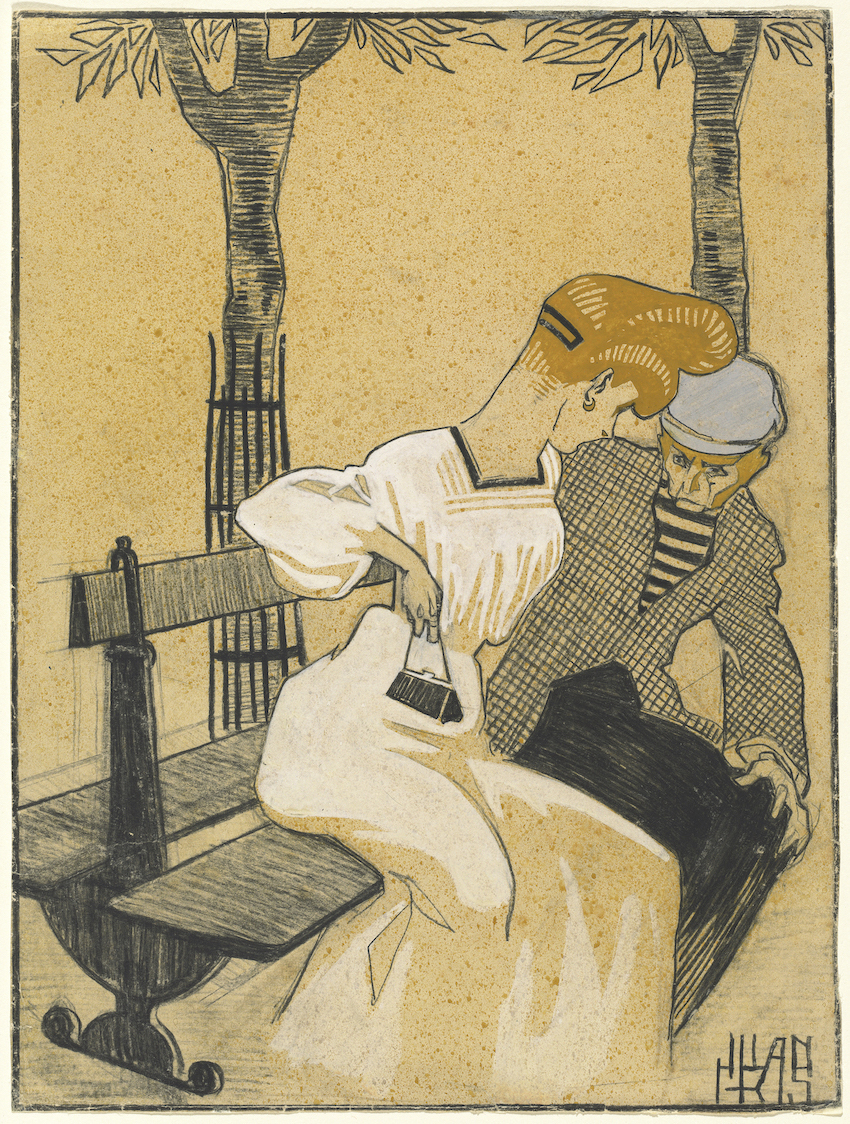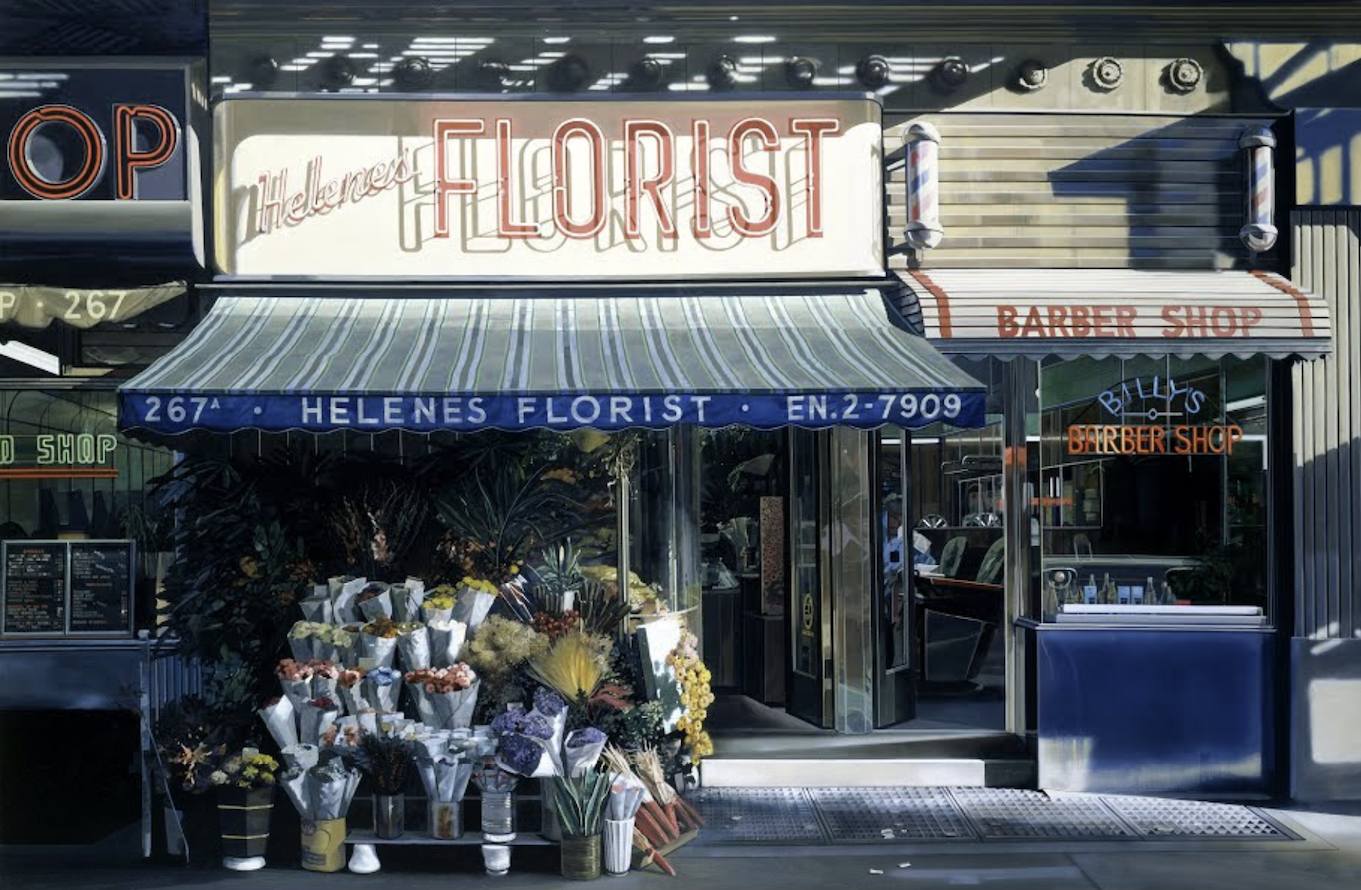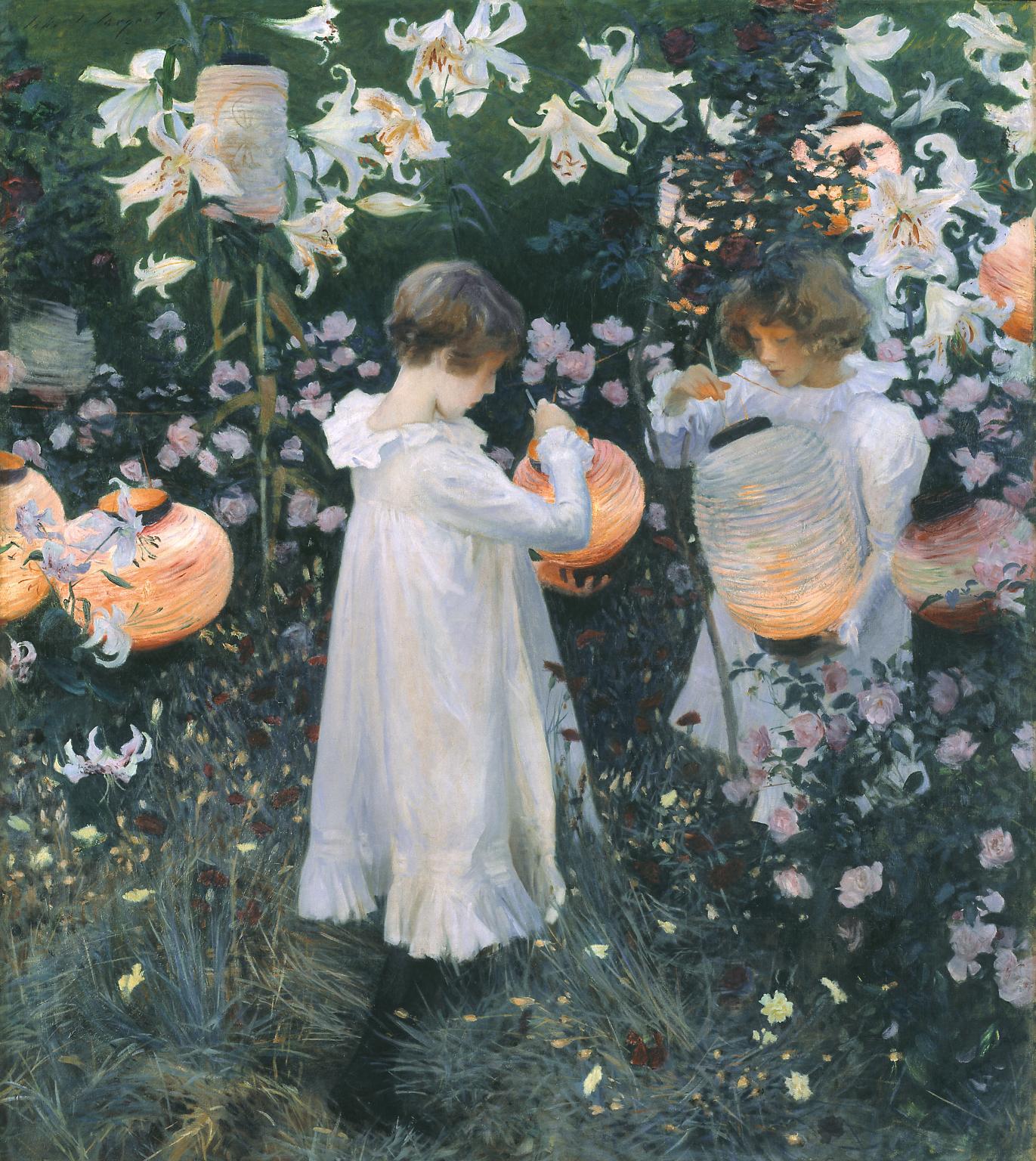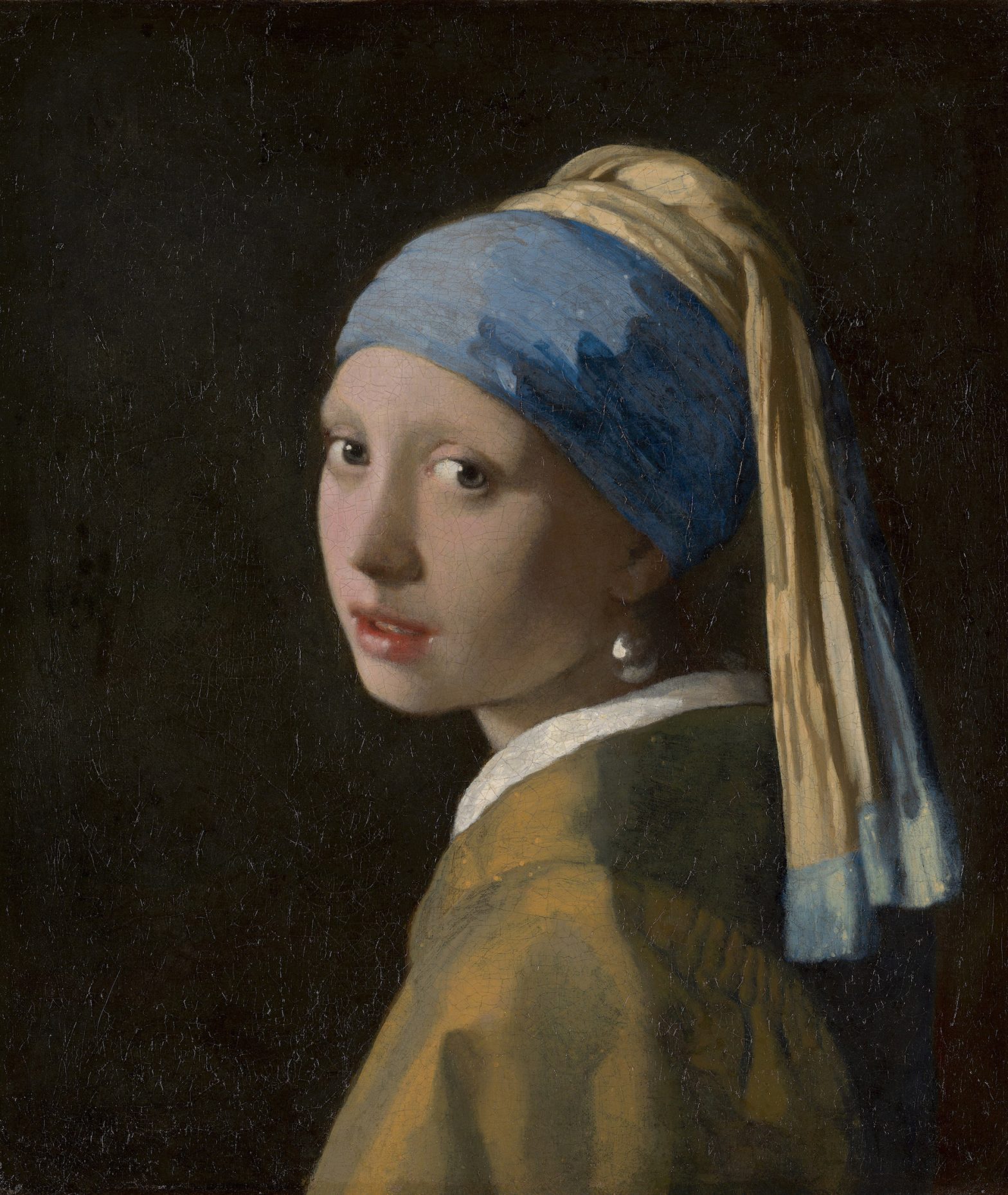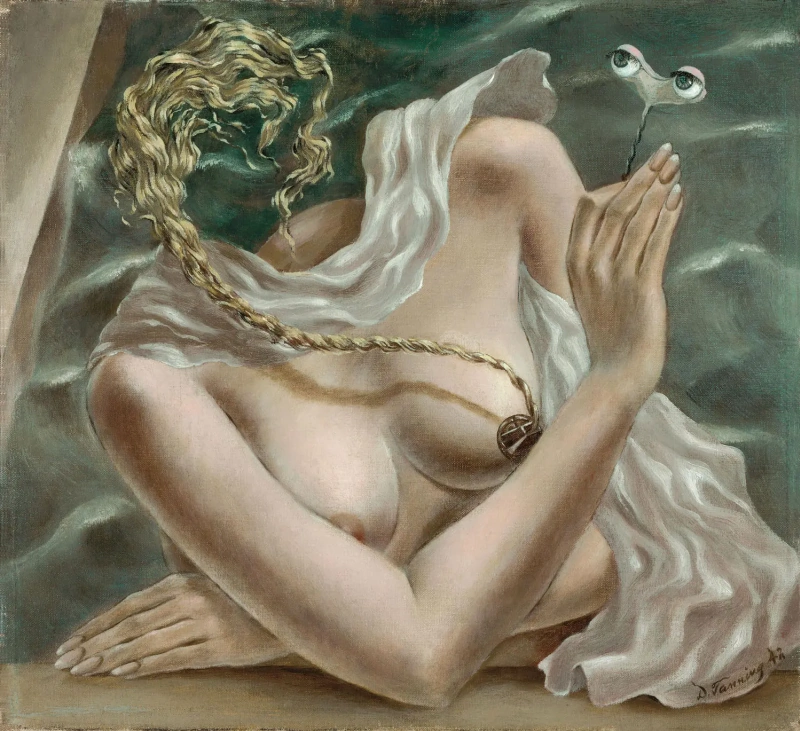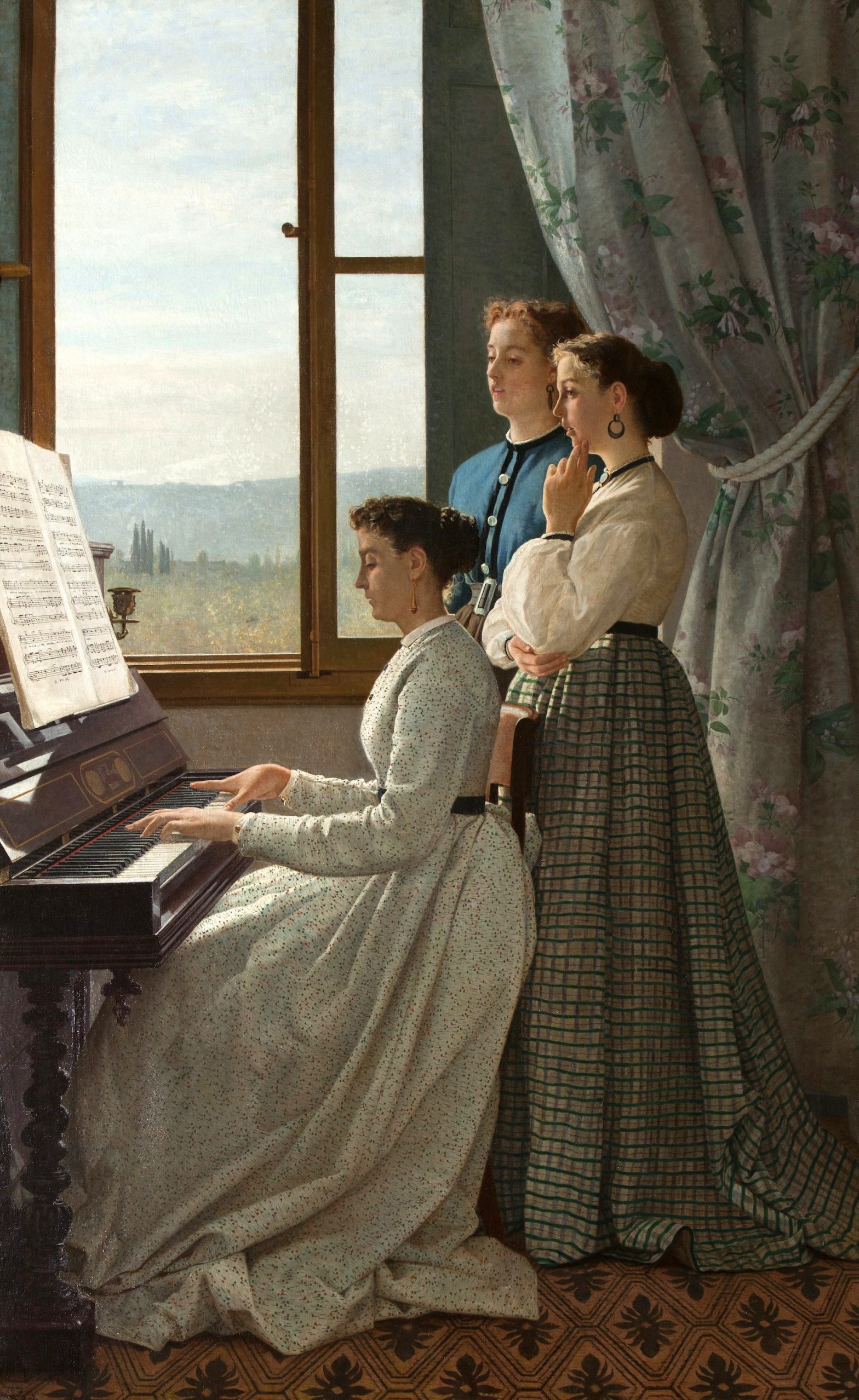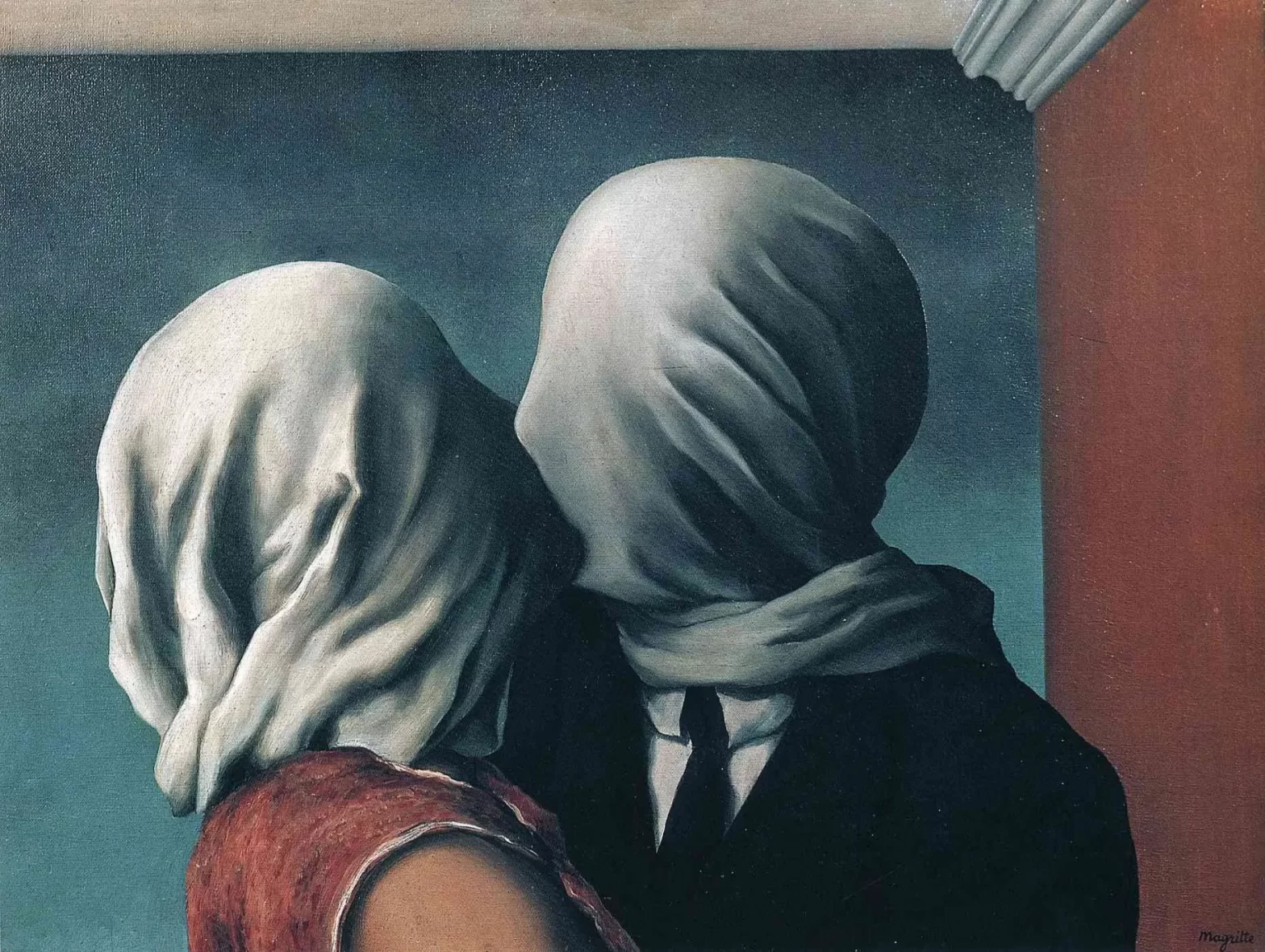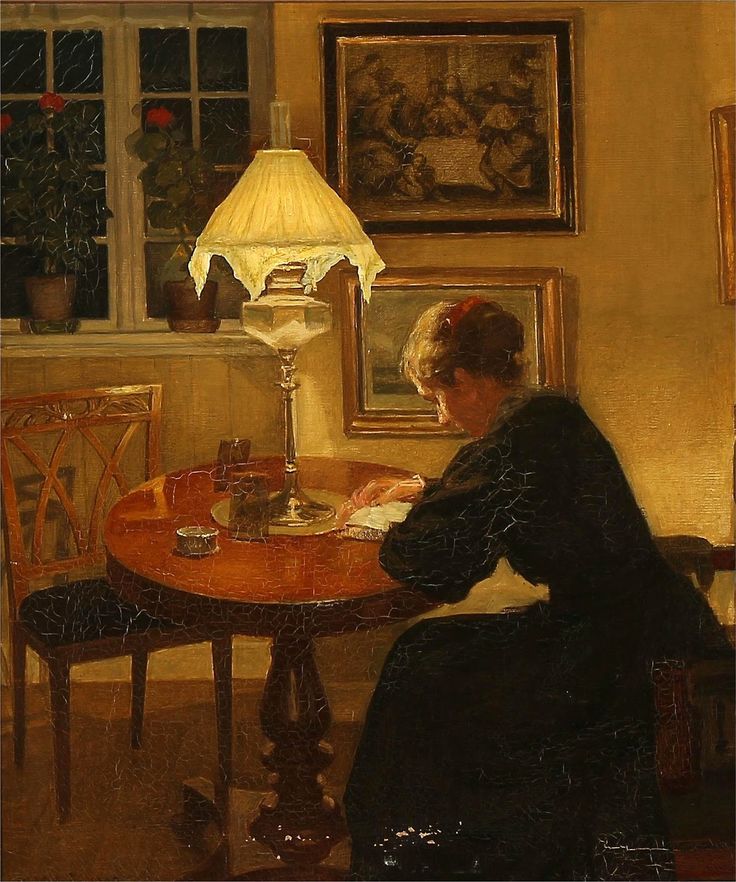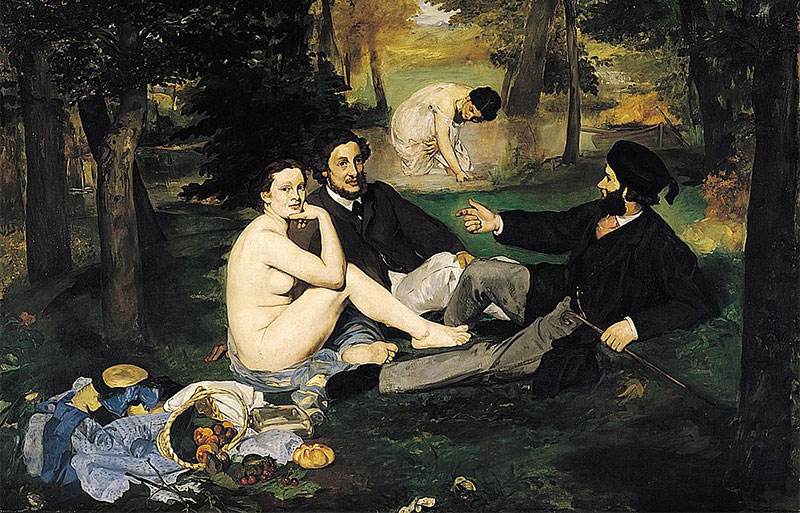Artist: Juan Gris Title: Man and Woman on Bench Date: 1908/1909 Medium: Charcoal, Gouache, and Watercolor Dimension: Approximate 36.8 cm x 27.7 cm Wikimedia ↗ Digital Image Courtesy of Wikimedia Arts and Culture ↗ Detail information
Category: Paintings
Helene’s Florist by Richard Estes
HELENE’S FLORIST byRICHARD ESTES 1971TOLEDO MUSEUM OF ART, OHIO, USA Artist: Richard Estes Title: Helene’s Florist Date: 1971 Style: Photorealism Genre: Painting Location: Toledo Museum of Art, Ohio, USA Dimension: 121.9 cm x 182.8 cm Oil on canvas Richard Estes’s paintings substantially celebrate the visual complexity of the urban environment, whereas everything evolves, especially in that era. Though there is no living human in this painting, it describes its surroundings. He used a photograph of Helene’s Florist Shop (back then, it was located on Colombus Avenue at 72nd Street in New York) as his inspiration for his painting. However, much as it may take after the photograph, the painting has qualities not found in photography. Though a traditional film camera captured it, the simultaneous depth of field gave complete clarity at close and far range – it looked the same. REFERENCE · GOOGLE ARTS AND CULTURE
Strolling along the Seashore by Spanish painter
This painting was created during the summer of 1909 at the beach in Valencia, after Sorolla’s triumphant success and had his first solo art show in the United States. Strolling along the Seashore is one of the artist’s most important works. The woman on the left is his wife, with his daughter on the right side walking along the shoreline. In this painting, his daughter was captured when she steps forward with the form of the dress in the wind and completes the whole artwork with the rolling of the waves that depicts movement and gives this piece a sort of life of its own. The water and the sandy seashore shown in long blue, purple, and turquoise brushstrokes – become an abstract backdrop for the refined figures of its primary subject. The downward angle of the subjects, the absence of the horizon, the empty swathe of sand in the lower foreground, and the cut-off of one of the figure’s sunhats are all part of a technique known as photographic framing. There are also paintings with the same setting and scene at Valencia seashore. However, in this painting, the tone is quite different from others. It perfectly defines the iconographic genre of the ‘elegant promenade’ with well-dressed bourgeois figures strolling along the seashore and enjoying beach life. Strolling along the Seashore is currently in the collections of the Sorolla Museum in Madrid, Spain. Artist: Joaquín Sorolla y Bastida Title: Strolling along the Seashore Date: 1909 Style: Impressionism Genre: Painting Location: Sorolla Museum, Madrid, Spain Dimension: 200 cm x 205 cm Oil on canvas Reference Myddoa ↗ Arts and Culture ↗
A brief history of John Singer Sargent’s “Carnation, Lily, Lily, Rose”
The story behind John Singer Sargent’s artwork Carnation, Lily, Lily, Rose (1885-1886) is an oil on canvas painting by American artist John Singer Sargent. The painting depicts two small children dressed in a vintage white long dress who are lighting lanterns in a garden with pink roses that seems to be spreading all over the place, with accents of yellow carnations and tall white lilies behind them. The main objects are the daughter of the illustrator Frederick Barnard – a dear friend of the artist. On the right side is Dolly Barnard (11 years old), while on the left side is Polly Barnard (7 years old). The inspiration for the unique lighting effect came during Sargent’s trip to River Thames at Pangbourne with his fellow American artist Edwin Austin Abbey in September 1885. He saw lanterns hanging among trees and lilies during the journey while boating. At that moment, he had this urge to capture the precise light level at dusk, so he painted the picture en plein air – a French term for ‘painting outdoors’ perfectly mixed with an impressionist style. He would place his easel and other tools beforehand and pose his models in anticipation of the few moments when he could paint it at a perfect time. From September to November 1885, he painted its artwork in the few minutes when the light began to turn its color – blending in perfectly, catching its delicate shades before the light faded into the evening when the sun started to sets as far to the southwest. The flowers in the garden seem like it has died and been replaced with artificial flowers as summer has turned into autumn; as expected, something would change when the seasons change. He finished this artwork the following summer at Millet’s new home nearby Broadway by the end of October 1886. The painting is dominated by green foliage, with no horizon that, in other words, seems to give a sense of depth. Carnation, Lily, Lily, Rose is set in an English garden at Farnham House on Broadway in the Cotswolds, where Sargent spent the summer with Francis David Millet around 1885, shortly after moving to England from Paris. Carnation, Lily, Lily, Rose was first exhibited in the Royal Academy’s Summer Exhibition in 1887. The painting received a critical reception from its audiences. However, it also received praises and well-deserved recognition from audiences and critics and is known as an “extremely original and daring essay in decoration.” The Royal Academy immediately purchased the painting for the British nation through Chantrey Bequest, a special trust fund established by Sculptor Sir Francis Chantrey in 1875. Royal Academy President Lord Leighton and the other Royal Academicians, including Sir Lawrence Alma-Tadema and William Quiller Orchardson, supported the acquisition. Details Artist: John Singer Sargent Title: Carnation, Lily, Lily, Rose Date: 1885 – 1886 Style: Impressionism Genre: Genre painting Location: Tate Britain, London, UK Dimension: 153.7 cm x 174 cm Oil on canvas The viewers can visit its painting at Tate Britain, London, UK. It has now become one of the gallery’s most loved paintings. Tate ↗ Reference Wikipedia ↗ Wikiart ↗ Reference Royal Academy ↗ Reference
About Girl with a Pearl Earring by Johannes Vermeer
The Girl with a pearl earring (meisje met de parel) is an oil on canvas by Dutch Golden Age painter Johannes Vermeer in 1665. This work of art has been in the collection of the Mauritshuis in The Hague since 1902 and has been the subject of various literary as well cinematic treatments. Girl with a pearl earring is not a portrait but a ‘tronie’ – a painting of an imaginary figure. In Dutch, it means the head of an ideal “type,” like “a soldier” or “a musician” – or in this case, “a young beauty.” The painting depicts a European girl wearing an exotic dress, an oriental turban, and the famous eye-catching pearl earring. Girl with a pearl earring portrays a young woman in a dark, shallow space, an intimate setting that exclusively draws the viewer’s attention to her. In this painting, the girl wears a blue and gold turban, a titular pearl earring, and a gold jacket beneath with a visible white collar. Caught in a fugitive moment, she turns her head over her shoulder, meeting the viewer’s gaze with her eyes wide and lips parted as if about to speak. Her enigmatic expression and the mystery of her identity are what intrigues the painting more. The Girl with a Pearl Earring Title: The Girl with a pearl earring (meisje met de parel) Artist: Johannes Vermeer Year: 1665 Style: Baroque Genre: Portrait, tronie Dimension: 46.5 cm x 40 cm Location: Mauritshuis, The Hague, Netherlands Oil on canvas
Voltage by Dorothea Tanning
Dorothea Tanning was an American Surrealist artist who was born in Galesburg, Illinois, USA, in 1910. She was a successful commercial artist while continuing to pursue her painting. “Art has always been the raft onto which we climb to save our sanity. I don’t see a different purpose for it now“ She described most of her artwork with an exciting coefficient between the objects and its styles, which successfully caught many viewers’ attention. Her work of art was notable for its interest in actual female experience while exploring the unconscious – the inner, deepest dreams – and creativity. Most of her Surrealist artwork reveals disheveled female figures in domestic settings, depicted in a state of sensual reverie, to subvert gender expectations. In contrast, others take the more traditional route of assembling mismatched objects into strange still-lifes, to no less intriguing or disquieting effect, quite the opposite of her imagery. Tanning’s artwork and this one are featured in the Fantastic Women Exhibition. The painting is now in a private collection in Germany. Unfortunately, there is still no further details information about this artwork. Voltage Artist: Dorothea Tanning Title: Voltage Date: 1942 Style: Surrealism Subject & Object: Nudity Dimension: 28.3 cm x 30.8 cm Location: Private Collection, Germany Oil on canvas
Il canto dello Stornello by Silvestro Lega
Il canto dello Stornello (The Folk Song) painted by Il canto dello Stornello in 1868 ITALIAN PAINTINGS Artist: Silvestro Lega Title: Il canto dello Stornello (The Folk Song) Date: 1868 Style: Realism Dimension: 158 cm x 98 cm Location: Palazzo Pitti, Florence, Italy Oil on canvas
The Lovers René Magritte
RENÉ MAGRITTEPAINTING 1928NEW YORK CITY MOMA Title: Les Amants (The Lovers) Artist: René Magritte Published: 1928, Paris, France Style: Surrealism Period: Surrealist Paris years Genre: Symbolic painting Location: Museum of Modern Art (MOMA), New York City, NY, USA Dimension: 54 cm x 73,4 cm Oil on canvas RENÉ MAGRITTE THE LOVERS
Interior with a reading woman
Interior With a Reading Woman Title: Interior with a reading woman Artist: Niels Holsøe (Danish, 1865 – 1928) Published: 1907 Origin: Danish Size: 54 cm x 46 cm (21.3 in x 18.1 in) Oil on canvas
Le Déjeuner sur l’Herbe by Édouard Manet
Short story about this remarkable panting by Manet Le Déjeuner sur l’Herbe (The Luncheon on the Grass) is a larger oil on canvas painting by French artist Édouard Manet created in 1862-1863. This unnerving and astounding composition bring in an entirely new painterly method – it contains the genres of portraiture, landscape and still life within a single painting. The large scale of the painting was generally reserve for religious, mythological, or historical subjects. The background of the painting was lacks depth, as if the piece was painted in a studio rather than outdoors – with the light is low and almost no shadows. Le Déjeuner sur l’Herbe (The Luncheon on the Grass) depicts a female nude and a scantily dressed female bather casually having a casual picnic with two fully and fashionably dressed men in a rural setting. In front of them is a basket of fruit and bread. The woman’s pale body is starkly lit as she stares directly at the viewer. The two men seem to be engaged in conversation, ignoring the woman. At that time, when pictorial art only allowed for the feminine nude to be depicted in connection with myths and allegories, Manet, himself, re-contextualizes the worn out and overdone subject matter. He refreshed the concept and idea of female nudity in art, specifically paintings. Despite all critics about this painting, Manet managed to bridge the gap between two majors of art movements: Realism and Impressionism. He also played an important role in the art scene of 19th century Europe. In return for his bravery and brilliant creative mind, Le Déjeuner sur l’Herbe has become one of Manet’s breakthroughs – and modern’s art’s most famous artworks. The painting can be viewed in Musée d’Orsay Museum, Paris.
